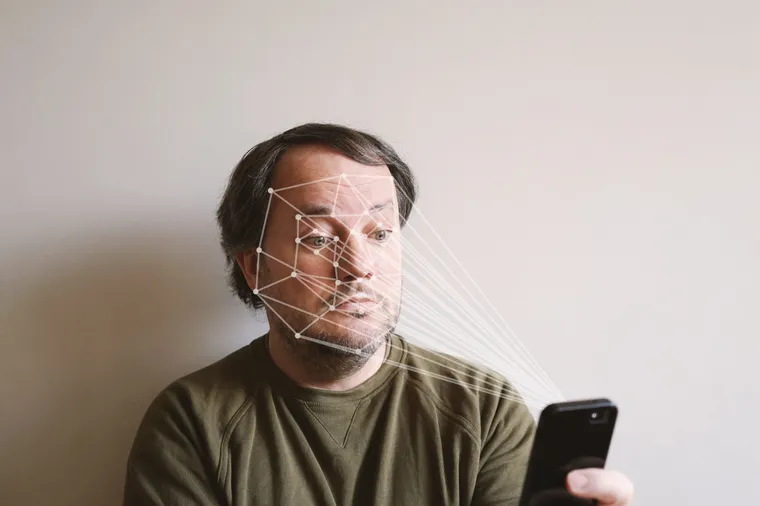Passwords are a critical component in maintaining cyber security. However, they are not foolproof. Cybercriminals may guess, steal, and breach your passwords in a variety of ways.
However, multi-factor authentication may be beneficial. Multi-factor authentication may be used to make it even more difficult for cyber thieves to get access to your devices and accounts. Nowadays, the majority of businesses include multifactor authentication capabilities in their products.
What Is Multi-Factor Authentication?
Multi-factor authentication refers to the need for more than a single authentication element in order to log into a device or account. For instance, you must input a PIN and scan your fingerprint to unlock your phone. Numerous software suppliers and some other service providers provide this security option, which enables you to further secure your devices as well as online accounts.
When this feature is activated, you must provide several forms of authentication to get access to a device or an account. If hackers have access to a single piece of information (for example, your password), they will still need other pieces of information in order to effectively access your accounts.
Consider this: when you attempt to access your online banking account, you will be using a password to authenticate that you are the account holder are proving your identity. The notion is that you’ll be the only holder of the password for that account.
The issue, of course, is that employing a single element of authentication, including a password, is insecure. Cybercriminals are capable of stealing or guessing your password.
That is where having at least a second authentication system comes in handy.
Multi-factor authentication is a critical component of cyber security. Multi-factor authentication adds an additional degree of protection to devices, accounts, and data.
How Multi-Factor Authentication Works
The most popular kind of multi-factor authentication is when your log-in credentials, i.e. your username and password, are combined with just another authentication factor. This is often accomplished via two-step verification – such as a text message delivered to your cellphone or a mail sent out to your inbox. Which is preferable to using a password alone.
However, the optimal solution is to use a second authentication element: something you own (for example, a token or smartcard) or maybe something you possess (e.g. a biometric such as a fingerprint).
On social networks, for instance, the chain may look like follows:
- You must enter your social media account’s password in order to gain access.
- You should scan your fingerprint in order to make significant modifications to that account.
- This prevents a cybercriminal from making material changes to the account (like the email id for password retrieval).
How Multi-Factor Authentication Can Help You
Multi-factor authentication is best understood through a real-world analogy. Consider that you have equipment at home that contains a large number of valuable possessions. A code protects the safe, adding another degree of protection. However, suppose someone obtains access to that code. They may use it to get access to the safe.
Consider the case if, in addition to a code, another element was required to access the safe – a gadget that detected your face or perhaps a text message delivered to your phone. Because those extra procedures are required to access the safe, it makes it harder for someone else to unlock it.
The same is true for multi-factor authentication. Consider the case when you’ve enabled multi-factor authentication on a social network account. Even if somebody knows your password, they will be unable to access your account. They must also submit another piece of information in order to log in.
Examples of Multi-Factor Authentication In Action
Multi-factor authentication is one such method of safeguarding your online accounts from fraudsters.
Multi-factor authentication is used to validate your identity when two or more authentication elements are used. These considerations include the following:
Something You Are Familiar With (A Pin) And Also Something You Own (A Smart Card)
In most cases, you protect an account by using log-in credentials as the first line of defense. To access your online banking account, for example, you must provide your account number as well as a password.
These are bits of information that you are aware of, and by being aware of the account id and password, you are authenticating yourself as the account holder. However, these credentials demonstrate single-factor authentication.
As an illustration of multi-factor authentication, consider yourself at an ATM withdrawing money from your bank account. One authentication element is your debit card (something you own).
However, to access your account, you must additionally enter the PIN connected with your debit card. Your second authentication factor is your PIN (something you know).
It’s an excellent demonstration of multi-factor authentication in action: Your bank card is one method of establishing your identity. In case you lose your debit card or if it is stolen, your PIN adds an additional layer of security.
Something About Which You Are (A Biometric)
Biometrics is an instance of the 3rd authentication element, which is an aspect of you. Biometrics is the science of determining and using your unique physical features, including your fingerprint, face structure, or voice patterns.
Banks and financial organizations often utilize speech recognition to verify your identity when you phone them. Your voice is examined acoustically and for its unique qualities such as accent, speech rhythm, and vocabulary.
Consider your mobile phone as an instance of multi-factor authentication that makes use of biometrics. You may activate multi-factor authentication, which requires you to enter a personal identification number (PIN) and verify your fingerprint (something you have).
Because biometrics are widely accessible, they are a handy method of authentication.
Conclusion
Multi-factor authentication is critical for maintaining cyber security. Therefore, do not delay! Now is the moment to enforce multi-factor authentication on your essential accounts. Contact our experts at Accops for more information on how we can help you!

